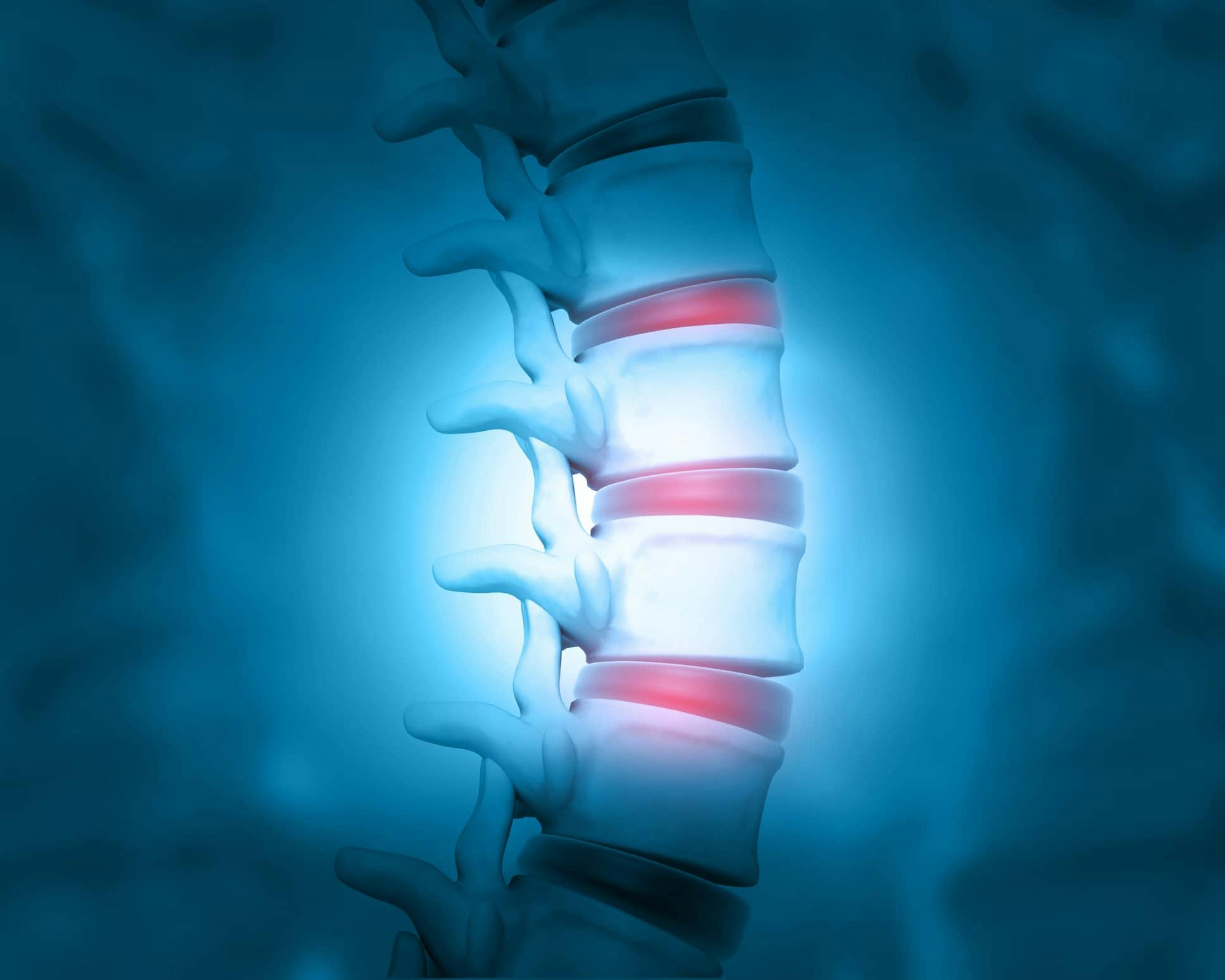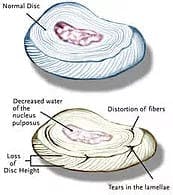Degenerative disc disease is when the intervertebral discs in the spine undergo wear and tear over time, leading to pain and discomfort. As the discs lose their cushioning ability, you might experience stiffness, reduced flexibility, and pain.
Degenerative Disc Q & A
What symptoms does degenerative disc disease cause?
How is degenerative disc disease treated?
What are the surgical options for degenerative disc disease?
What symptoms does degenerative disc disease cause?
You might have degenerative disc disease and not know it because many people don't experience symptoms. The problems usually arise when the condition leads to nerve irritation or compression. You could have back pain that radiates into your legs if you have degenerative disc disease in your lumbar spine. Or you may have neck pain that radiates into your arms if the condition is affecting your cervical spine. You may also experience a loss of flexibility in your spine, which leaves you with chronic backache and persistent stiffness.
How is degenerative disc disease treated?
The Center for the Functional Restoration of the Spine team uses non-invasive approaches such as medication, activity modification, and physical therapies. These methods work well for most patients, although some might require further interventions such as:
- Epidural steroid injections
- IDET (intradiscal electrothermal therapy)
- Percutaneous disc nucleoplasty
- Spinal cord stimulation
If your degenerative disc disease continues to cause unmanageable pain despite following a comprehensive treatment plan for some months, you might want to look at surgical alternatives.
What are the surgical options for degenerative disc disease?
The Center for the Functional Restoration of the Spine team may treat degenerative disc disease with:
- Microdiscectomy
- Artificial disc replacement
- Endoscopic decompression
- Dekompressor discectomy
- Spinal fusion
- Anterior cervical discectomy and fusion (ACDF)
The surgery that's best for you depends on which discs need treatment and factors like your age and general health. To get relief from degenerative disc disease symptoms, call Center for the Functional Restoration of the Spine, or book an appointment online today.







